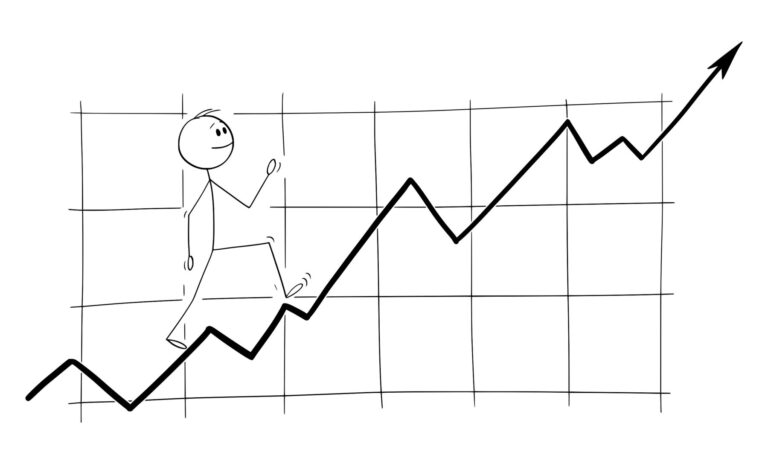Active managers fare better in bear market
According to the recently released Russell Active Manager report, 65% of large cap Canadian equity active managers beat the benchmark during the extreme volatility of the third quarter of 2008.
According to the report, this is the highest rate of outperformance since the first quarter of 2007, with the number of active managers beating the benchmark in the third quarter, up from 41% in the second quarter and up from 20% in the first quarter of 2008.
Historically, Russell reports that, on average, 54% of active managers have beaten the benchmark over the nine-year period in which data has been collected.
Jasmit Bhandal, director of Canadian index services for Standard & Poors, could not comment on the specifics of the Russell Active Manager report, but did state that generally the S&P SPIVA report, a scorecard that reveals quarterly performance data for domestic equity mutual funds, benchmarked against S&P indices, “has shown that over the long-term, the active managers perform under the indices.”
Scheduled to release the next SPIVA report in a few weeks, Bhandal explained that “the key when looking at this is to make sure the appropriate benchmark is being looked at. So if you are looking at someone in Canadian small cap, then compare them to the [TSX] composite, which is a broad measure, then you are not comparing apples to apples.”
Bhandal adds “there have been pockets in the past where you have seen active managers outperform, so it’s really not a debate as to whether active management is better or passive management is better. It’s really about educating the investor on how the stats play out in the long term.”
According to the Russell report, the S&P/TSX Composite Index was down 18.2% in the volatile third quarter, with the median large cap manager returning -17.2%.
It was active value managers that made the greatest comeback. According to the Russell report, after struggling for most of the last three years, an astounding 93% of value managers in Canada beat the benchmark in the third quarter, compared to just 27% of growth managers.
The third quarter was also kind to active managers in financials, and unkind to active managers in the energy and materials sectors.
“Active managers on average were underweight in energy and materials and slightly overweight financials, helping them beat the benchmark after lagging for four consecutive quarters,” reports Kathleen Wylie, senior research analyst at Russell Investments Canada, in a press release. “Managers benefited from more breadth in terms of sector performance, with seven out of 10 sectors beating the benchmark. Most investment managers struggle during extreme narrow markets, which are dominated by one or two sectors, so that made it challenging for active managers in the last year, but there was a notable improvement during the third quarter,” said Wylie.
Wylie added that, by looking at the actual sector returns, “the difference in returns between the top-performing financial sector and the bottom-performing information technology sector was over 40%, which was the widest in almost six years. That led to a much wider difference between the top- and bottom-performing investment manager return in Canada of an astonishing 36%, the widest in almost nine years, when we were in the middle of the technology bubble. This number alone highlights what an extreme environment this has been.”
Bhandal suggests investors and their advisors “do your homework. Generally it’s not the same managers performing year after year. Decide where you are going to take an active stance. There are certain parts of the market where it is more efficient to take a passive stance and certain parts where you can get outperformance through active management.”
Commenting on the comeback active value managers have made, Wylie said, “This dramatic improvement in value manager performance relative to growth highlights how quickly styles can come in and out of favour, and that no one can predict when that will happen. That’s why a multi-manager, multi-style approach to portfolio management makes the most sense as a long-term strategy.”
Originally published on Advisor.ca on October 29, 2008





